Portugal is a sunny paradise where the architecture speaks, the ocean sparkles, and the pastries are so good that they should come with a warning label. However, the thing is, behind every postcard-perfect view, there is a tourist trap waiting to ambush the unsuspecting visitor with long lines, inflated prices, and the kind of disappointment you can’t wash down even with the finest wine. To save you from wasting precious hours (and euros) on some of the country’s most overrated attractions, we’ve compiled this somewhat brutal, but very honest guide. With our help, prepare to sidestep the hype, dodge the crowds, and discover a smarter and more authentic Portugal.
1. Tram 28, Lisbon
Lisbon’s Tram 28 is the city’s most photographed yellow relic. It promises an unforgettable journey through historic neighborhoods like Alfama, Baixa, and Estrela. However, once you step aboard, you quickly realize it’s less of a charming vintage transport and more like a sweaty international sardine can. It can be unforgettable, but for the wrong reasons. The tram is notorious for being totally packed, especially during peak hours, with tourists wedged together in a contest of who can sweat the most while clutching their belongings from opportunistic pickpockets. The wooden benches and brass fittings might indeed be historic, but the experience is more of a survival challenge than the promised and expected nostalgic ride. I can say from experience that the only thing you’re likely to discover on Tram 28 is how many nationalities can fit into a single tram car before someone faints. Instead, if you’re determined to see Lisbon by tram, try Tram 12, which offers a similar route with a fraction of the crowds. Or, better yet, lace up your shoes and explore on foot. Lisbon’s hills may test your calves, but at least you’ll have room to breathe and the freedom to discover the city at your own pace.
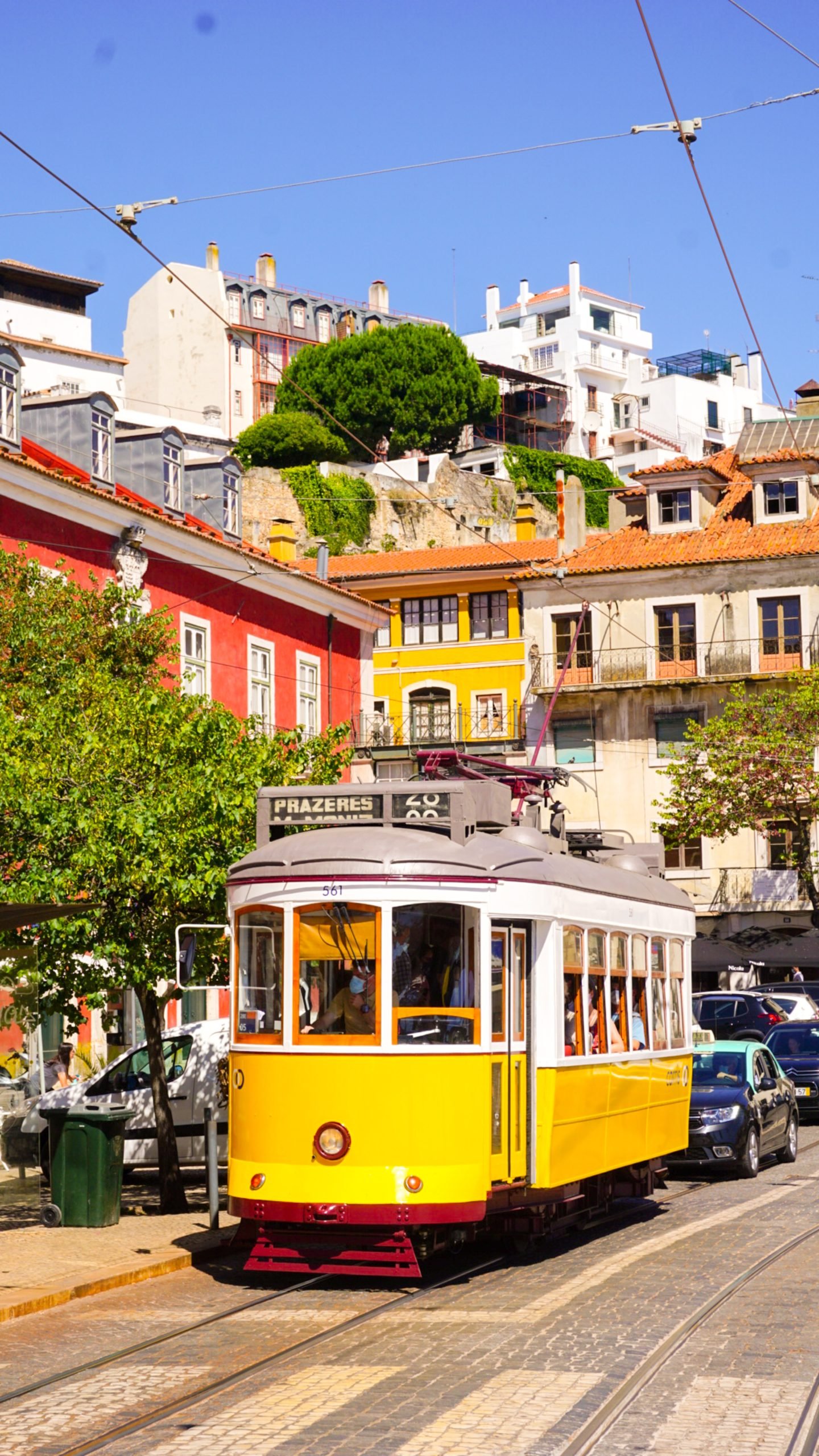
2. Pena Palace, Sintra
Pena Palace sits at the top of Sintra’s hills, visible from miles away. The architecture is a mix of Gothic, Manueline, Moorish, and Renaissance styles, making it look like a Disney castle designed during a wild dream. But the fairytale quickly fades when you’re stuck in a serpentine queue, pushing with hundreds of other visitors for a glimpse inside. The interiors, although opulent, are navigated at a shuffle, and the ticket price is enough to make many question their priorities. The palace’s Instagrammable exterior is best enjoyed from afar, because up close, it is very likely that the only magic you’ll find is the vanishing of your patience. Although Sintra might have become almost unbearable at times, if you have decided to go and are looking for a more magical and less maddening experience, skip the bigger circus and visit Monserrate Palace. It offers stunning architecture, magical gardens, and, most importantly, the ability to enjoy them without being herded like cattle.
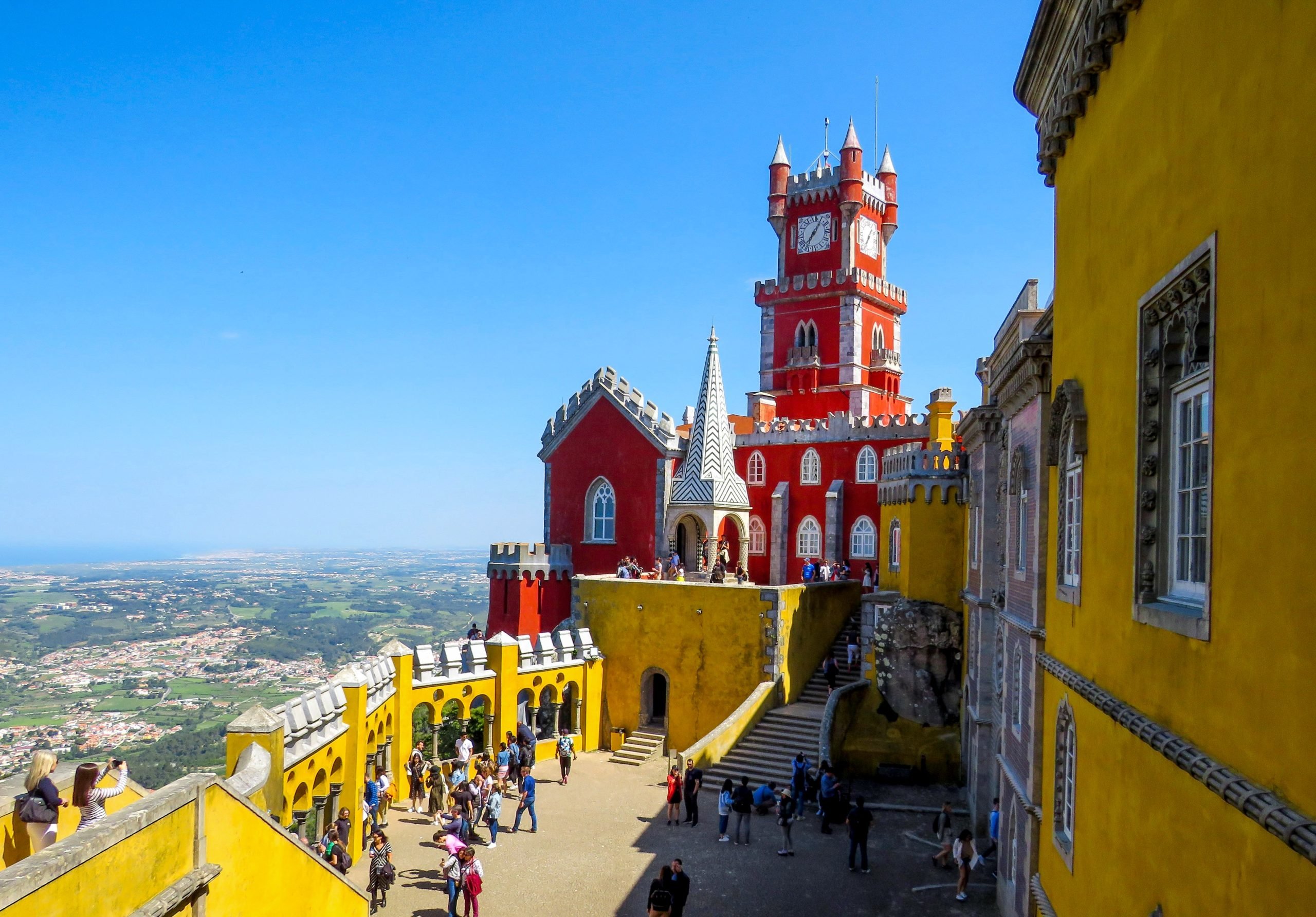
3. Time Out Market, Lisbon
Time Out Market is Lisbon’s most well known answer to the food court concept, but with a designer price tag and a crowd to match. Housed in the historic Mercado da Ribeira, the market boasts stalls from some of Portugal’s top chefs, but the real paradigm is a scrum of tourists fighting for a seat and paying double the price for half the authenticity. I know, from personal experience, that it wasn’t always like this, but, today, the atmosphere is less “authentic Portuguese feast” and more “crowded airport terminal with better lighting.” Reports state that over a quarter of visitors leave feeling disappointed and deceived, with access issues and the lack of local flair topping the list of complaints. Honestly, if you’re looking for a genuine Portuguese culinary experience, this will not be it. Alternatively, wander into a traditional “tasca” in neighborhoods like Campolide (Cantinho do Alfredo) or Estrela (A Modesta da Pampulha), where the food is hearty, the prices fair, and the only crowd may very well be a group of locals debating politics or last weekend’s football match.
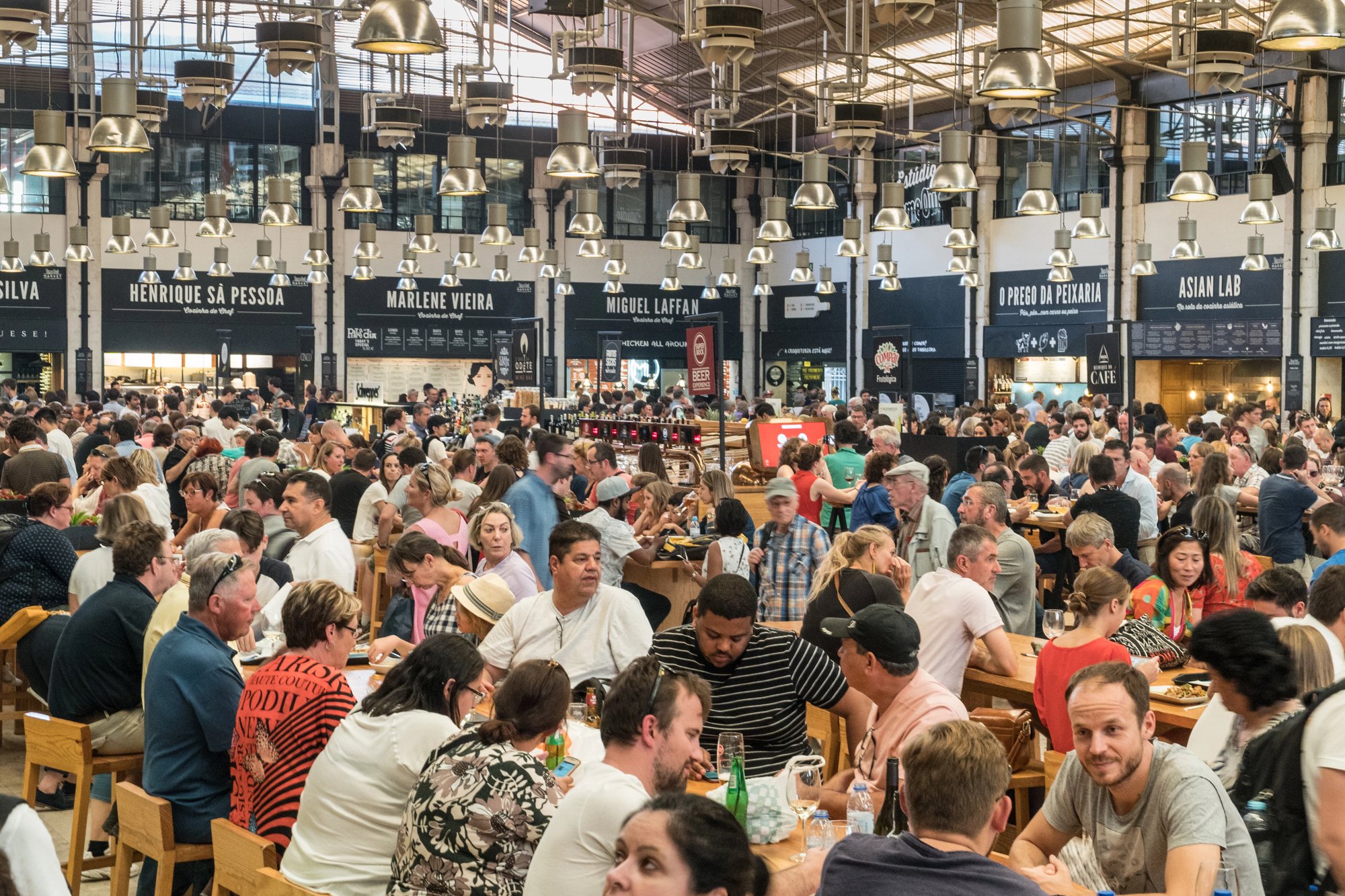
4. Algarve Beaches in Peak Season
The Algarve’s beaches are legendary, but in July and August, most of them transform into large sandboxes packed with sunburned tourists, inflatable animal buoys, and the endless buzz of boats, jetskis, and beach vendors. Prices for everything (from parking to sunbeds, and even a scoop of ice cream) soar, and finding a bit of sand that isn’t already claimed is a quest worthy of a medal. In fact, the traffic jams alone can make you question your life choices. I’ve been going to Algarve every year for the past 27 years and, since I can remember, in peak season, the only thing more abundant than the sunshine is the number of cars and towels per square meter. For a taste of the Algarve’s beauty without the unbearable chaos, visit in May, June, or September, when the weather is still great but the crowds have thinned. Or, instead, do something even better and escape to quieter spots like Serra de Tavira or the villages of Monchique and Salir for example, where the only rush is for the next round of “medronho”.
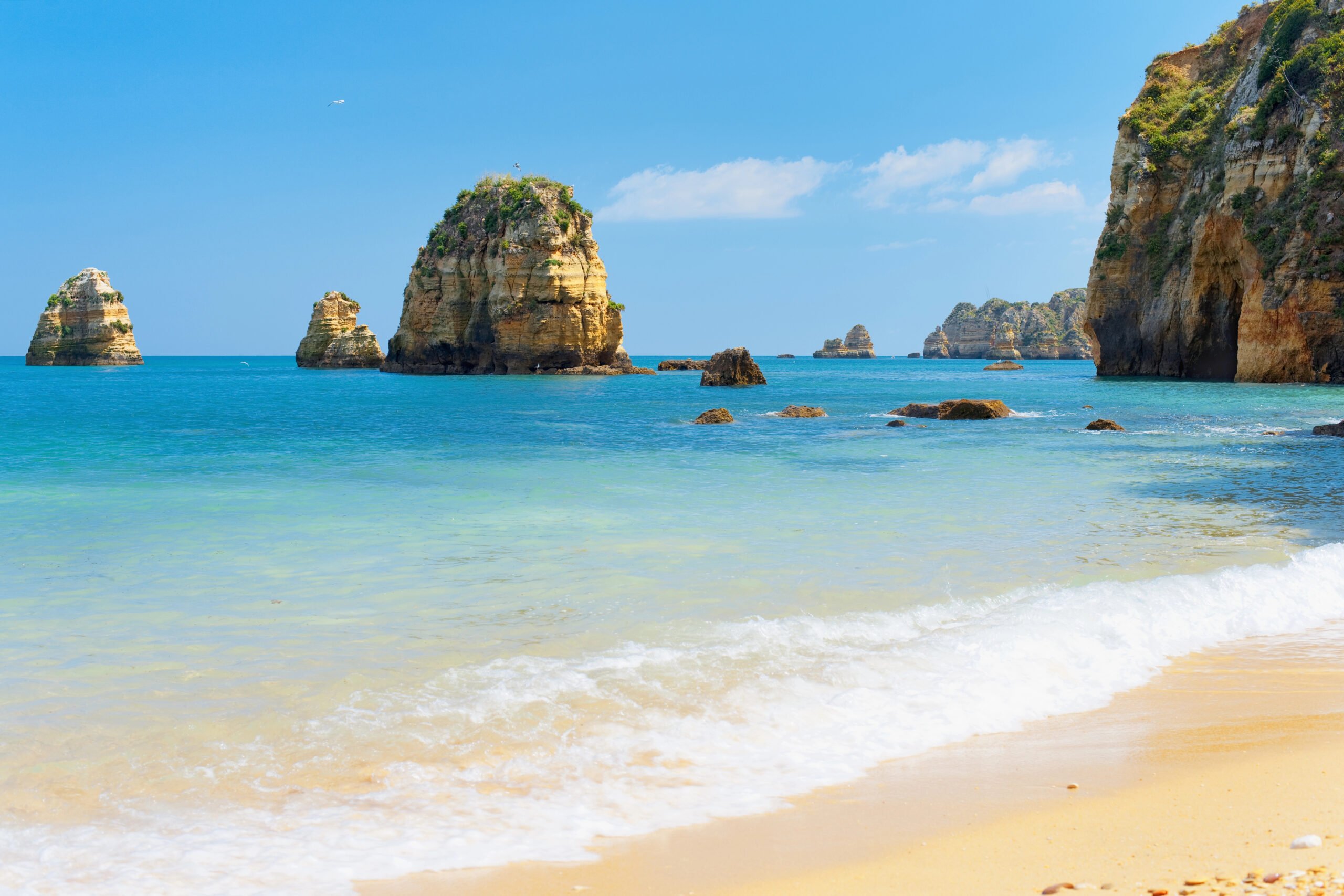
5. Livraria Lello, Porto
Although JK Rowling has publicly denied any direct inspiration, Livraria Lello is known to be the “Harry Potter bookstore”. Its ornate staircase and stained glass ceiling that are thought to have influenced the depiction of Hogwarts draw legions of fans and curious eyes. But, unless your idea of magic is paying an entrance fee to shuffle through a mob of Potterheads, you might want to give it a pass. The experience is not the literary pilgrimage one could expect from the beauty of the place. The reality is that the actual books take a backseat to the selfie and Instagram frenzy. For a more authentic literary adventure, visit Livraria Bertrand in Lisbon, which is the world’s oldest operating bookstore. There, you can actually browse in peace and maybe even buy a book without elbowing your way through a crowd of wand lovers.

6. Cabo da Roca, Sintra
Cabo da Roca markets itself as the westernmost point of mainland Europe, and while it is indeed the westernmost point and the views are mesmerizing, the experience is often spoiled by the constant churn of tour buses, selfie sticks, and a queue for a photo with the commemorative plaque. The wind is relentless, and the sense of isolation, if it exists at all, is quickly shattered by the crowd of fellow explorers, all seeking the same shot. The only thing more impressive than the view is the number of people trying to get the same photo. Alternatively, for windswept cliffs without the crazy apparatus, head to Cabo Espichel near Sesimbra. The views are equally breathtaking, but you’ll share them with seagulls and the occasional hiker rather than a busload of tourists.

7. Restaurants in Praça do Comércio, Lisbon
Once upon a time, dining in Praça do Comércio might have been a good idea and a pleasant experience, but today it became a rite of passage for those who enjoy paying triple for microwaved codfish and soggy chips. The view of the river is spectacular, but unless you’re eating the scenery, you’ll leave hungry and poorer. The only thing authentic about these restaurants is the shock afterwards. The view is better than the meal, and the only thing you’ll remember is the bill. If you have doubts, bear in mind that most locals (including myself) wouldn’t be caught dead eating there. For a meal worth remembering, head to Bairro Alto (Antigo Restaurante 1º de Maio) or Alfama (Parreirinha de Alfama), where the food is as soulful as the fado and the prices won’t make you cry into your plate.
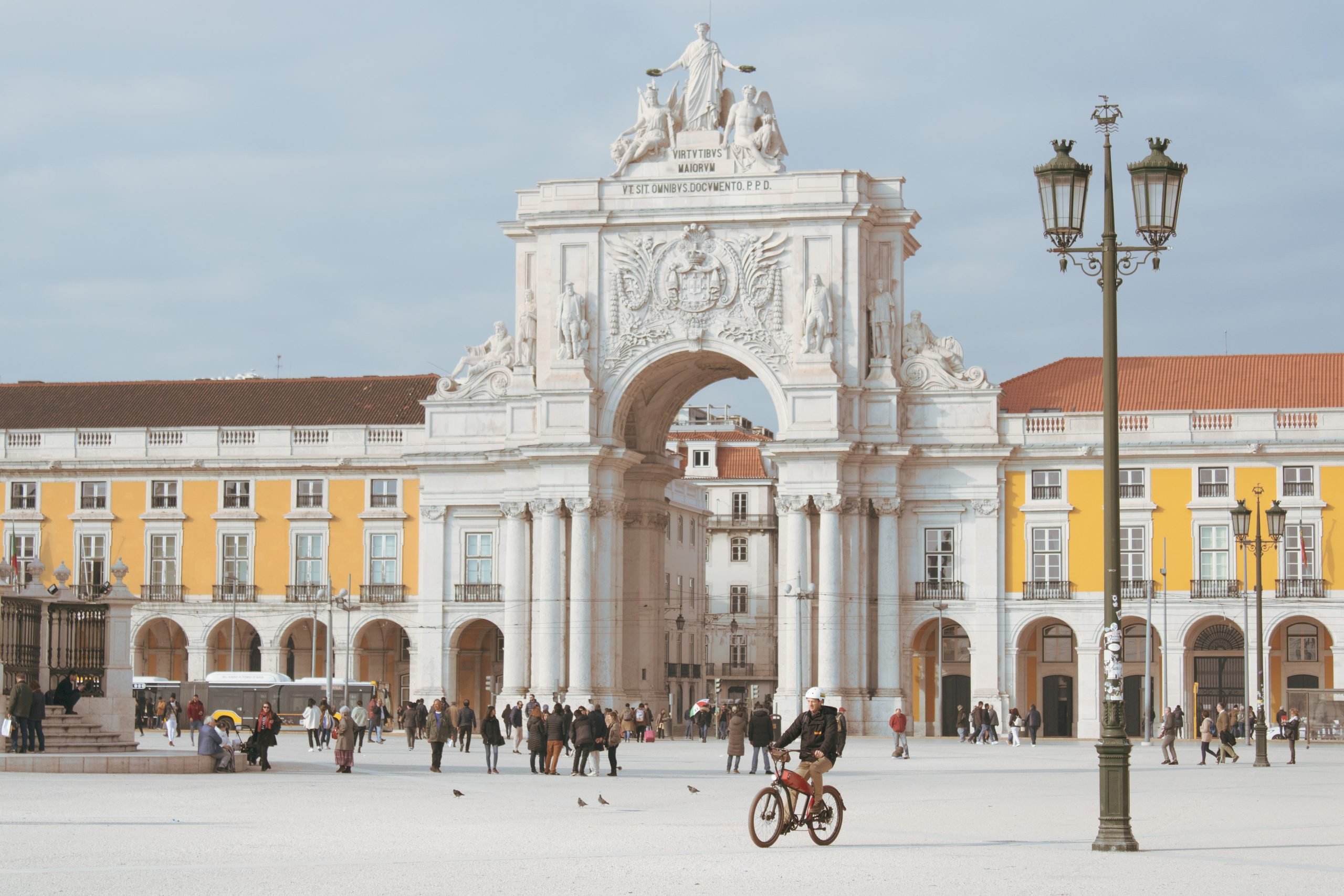
8. Santa Justa Elevator, Lisbon
Lisbon’s Santa Justa Lift is an engineering marvel and a relic of the Belle Époque that promises panoramic views from its wrought-iron viewing platform. But, unless you really want to queue for hours just to ride a glorified elevator, you might want to reconsider. The queue often snakes around the block, and the price for a short ride (or even just access to the viewpoint) is steep for what you get. At the top, the view is indeed spectacular, but the charm of this attraction is lost in the shuffle of selfie-snapping crowds and the constant hum of impatient tourists. Apart from the periodic school visits, which I have already been part of many years ago, locals do their best to avoid this place. For a less stressful and much more rewarding panoramic view of the city, there are much better places, which are free and, depending on the time and the day of the week, can be considerably less crowded. I suggest heading to one of the city’s many viewpoints, such as Miradouro de São Pedro de Alcântara or Miradouro da Graça for example, where you can enjoy the scenery at your own pace without the price tag or the wait.
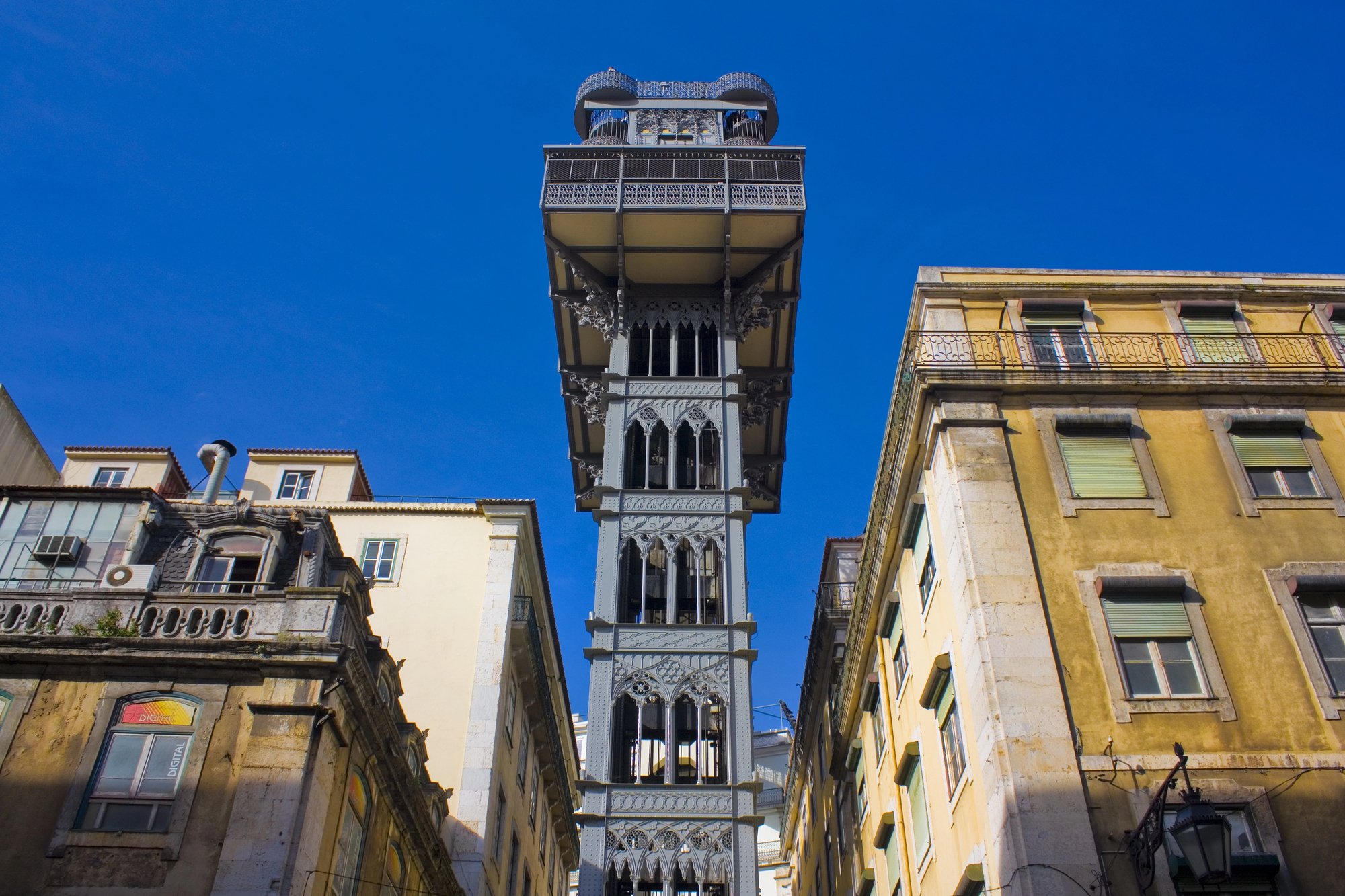
9. Belém Tower, Lisbon
Belém Tower is an iconic symbol of Portugal’s Age of Discovery. The standalone building, which was once surrounded by water, is featured on countless postcards and Instagram feeds. Unfortunately, it seems that its popularity is both its blessing and its curse. The lines to enter are notoriously long and, once inside, the space is cramped and the experience underwhelming for many. Visitors often find themselves shuffling through narrow staircases and small rooms, all while trying to avoid bumping into each other. The exterior is undeniably photogenic, but the interior is less impressive than the hype induced by the countless buses parked nearby suggests. For a similar taste of Portugal’s Manueline architecture and maritime history without the unjustified hassle, visit the nearby Jerónimos Monastery. Its grand cloisters are far more spacious and inspiring, and while it still draws crowds, the experience is usually much more rewarding.
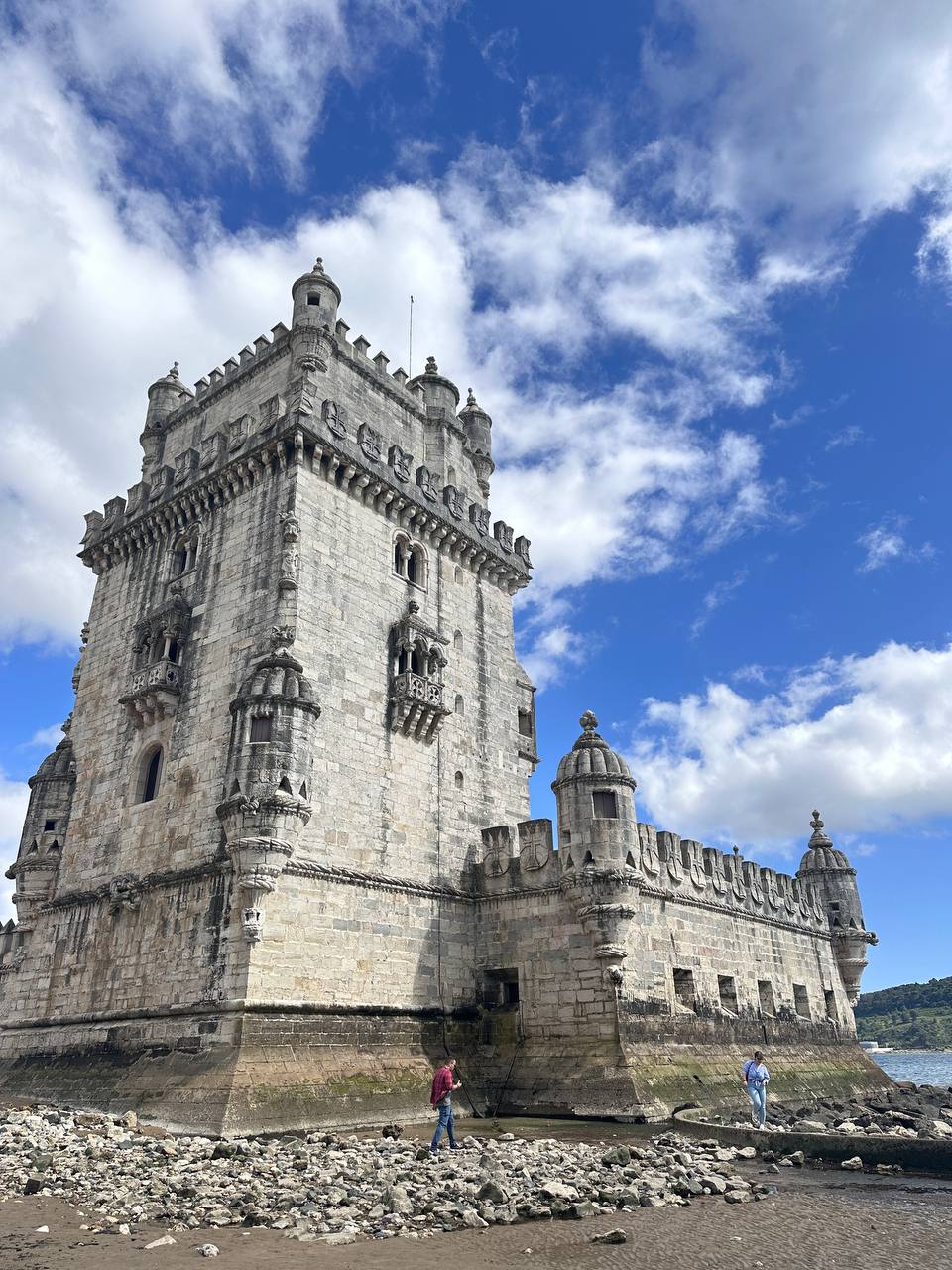
10. Bolhão Market, Porto
What was once the beating heart of local commerce in Porto, now finds itself in a strange limbo between something that is and is not. The main market building has been under construction for years, and what remains is a very modest temporary structure that struggles to capture the authentic spirit of the place that it once was. Inside, the selection of stalls is limited, the atmosphere subdued, and the overall experience underwhelming when compared to the food markets found in cities like Barcelona or Lyon. For many visitors, the only memorable part is the confusing layout and the sense that something important is missing. Namely, the lively, authentic market vibe that once defined this spot. Thus, if you’re in Porto and seeking real market experience, try heading to Mercado Bom Sucesso. More free from the tourist circus, it is a place where locals shop and the food is fresh and varied.
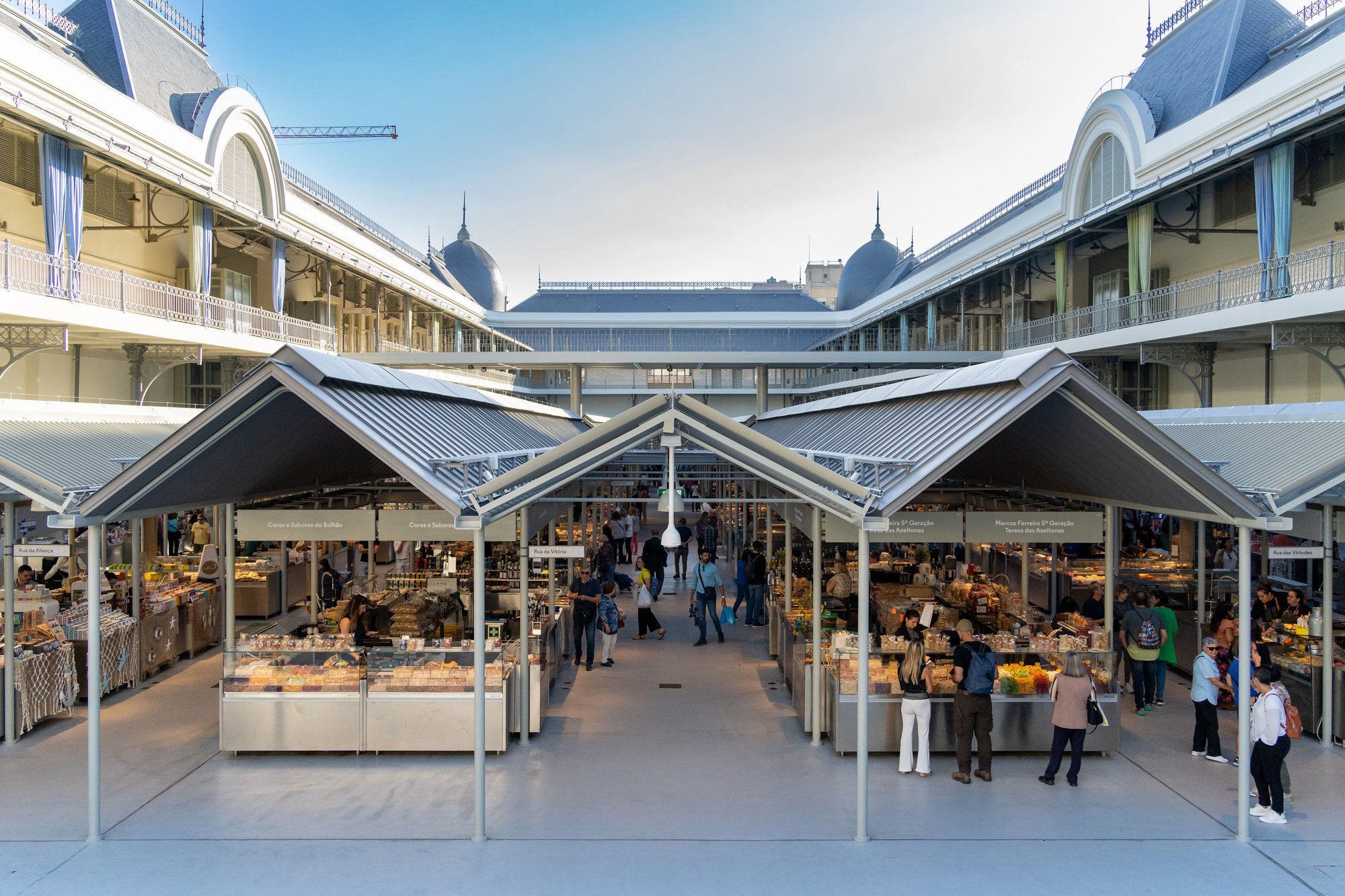
Final Thoughts
Portugal is a country that rewards curiosity and punishes complacency, especially when it comes to your choices and your itinerary. While the tourist trail is filled with traps such as overpriced restaurants, elbow-to-elbow beaches, and seemingly beautiful attractions, the real magic lies just a handful of better informed decisions away. Instead of doing what everyone does and the internet tells you to do, skip the queues, dodge the selfie sticks, and embrace the real quieter corners and local secrets. Trust us: your taste buds, your wallet, and your sanity will thank you. Now, go and see Portugal like someone who knows what they’re doing, not just another face in the endless crowds.

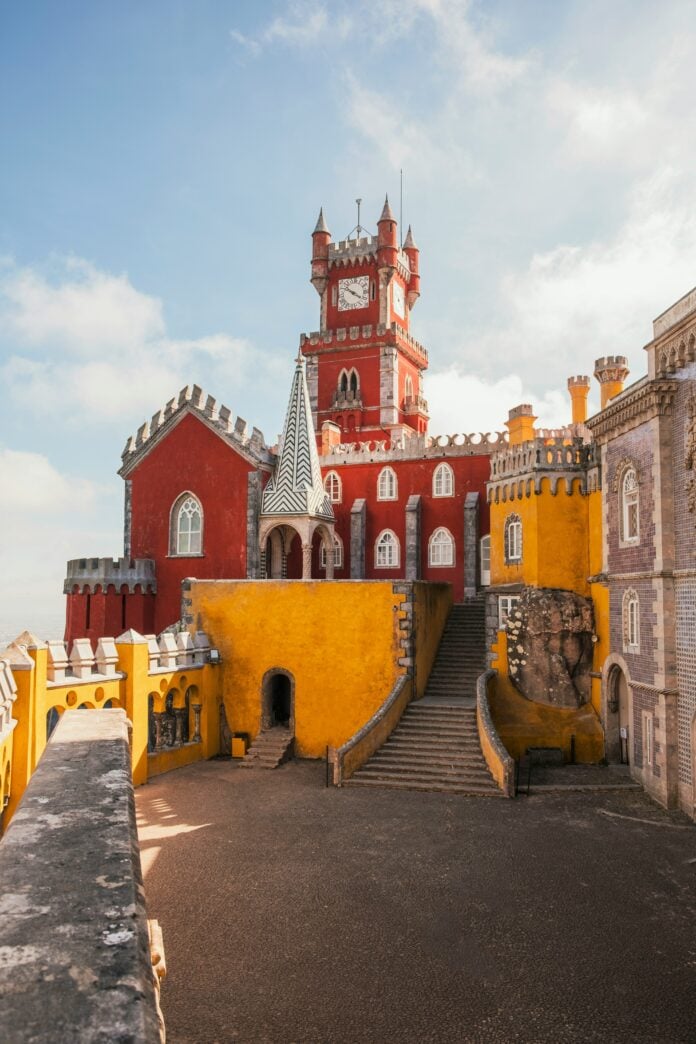

Thank you!! This article is both well-written and well-intentioned. I am not a person who ‘does the touristy thing’ with an organized bus tour, but i will pass this newsletter on to everyone who intends to visit Portugal.
Dear Sylvia, Thank you very much! We are glad that you found it useful!